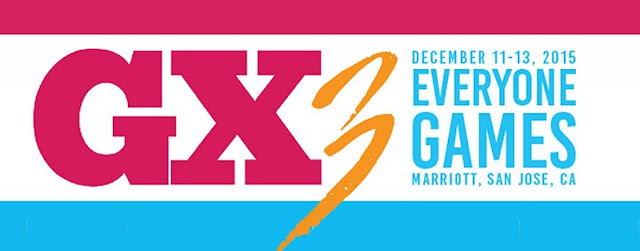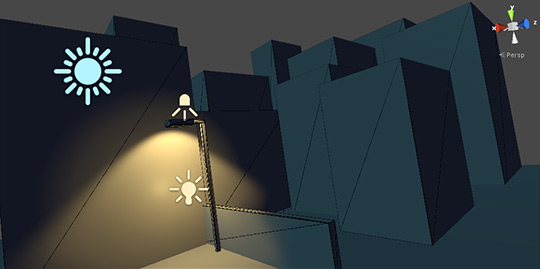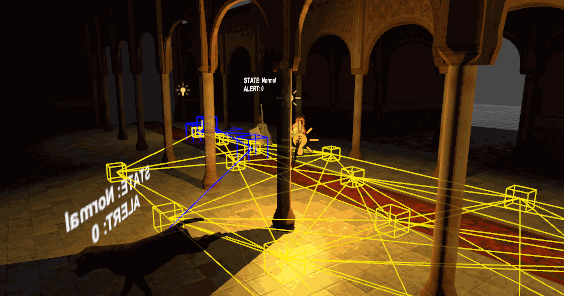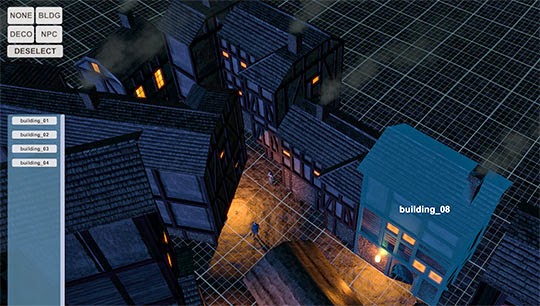CENG 395: ESCAPING A ROOM OF ONE'S OWN (STUDIO INTENSIVE)
In this class, we will analyze a variety of escape narratives, from stage magicians to US slave narratives to feminist memoirs to prison break films to the modern war refugee story, to articulate a robust "aesthetic of escape." When is escape possible and honorable, and when is escape futile or cowardly? From this cultural survey, we will conceptualize and construct a real-life "escape room" puzzle installation that attempts to invoke and honor this long and complex tradition of escapism in its materials, environmental storytelling, construction process, and puzzle design. (2 credits, Sao Paulo campus.)
Prerequisites: ARCH 211 History of Prisons, CENG 200 Intro to Plumbing Electrical and HVAC.
HTECH 201: HAMLET ON THE HOLODECK
Using a combination of 3D scanning, motion capture, and virtual reality technologies, we will literally attempt to recreate a scene from Hamlet on a "holodeck." In doing so, we will also critique the rhetoric of immersion that permeates popular fantasies about virtual reality and narrative, and align it with contemporary interpretations of Hamlet. For instance, in Shakespeare's time, the ghost-revenge plot was already a well-established trope -- thus, one could argue that Hamlet is essentially a self-aware character who knows he is in a cliched video game, and wonders whether he can transcend the military-entertainment complex's demand for graphic violence. (3 credits, Spring semester only.)
Prerequisites: ENGL 314 Elizabethan Literature, HTECH 100 Intro to Holographic Interfaces, at least 1 semester in any Melee Combatives lab.
EDUC 999: STANFORD UNIVERSITY EXPERIMENT (cross-listed: PSYCH 999)
The Stanford Prison Experiment was a notorious battery of mandated sadism that masqueraded as a scientific exploration of human nature. Using similar terms, we will attempt to build and perform a model "Stanford University" within our existing university, replete with its own facilities, students, faculty, and administrators. In the best case scenario, basic legal and ethical concerns for humane treatment of human test subjects will prevent us from running the experiment at all, thus implying that Stanford University itself is an oppressive institution barely distinguishable from a supposedly artificial and isolated prison. (no-credit pass-nopass only, Fall semester only.)
Prerequisites: CENG 395 Escaping a Room of One's Own
Previous semesters are available here:
Fall 2014,
Spring 2013
Esteemed alumni: have you recently thought about making a large donation to Radiator University? All donations to...






























